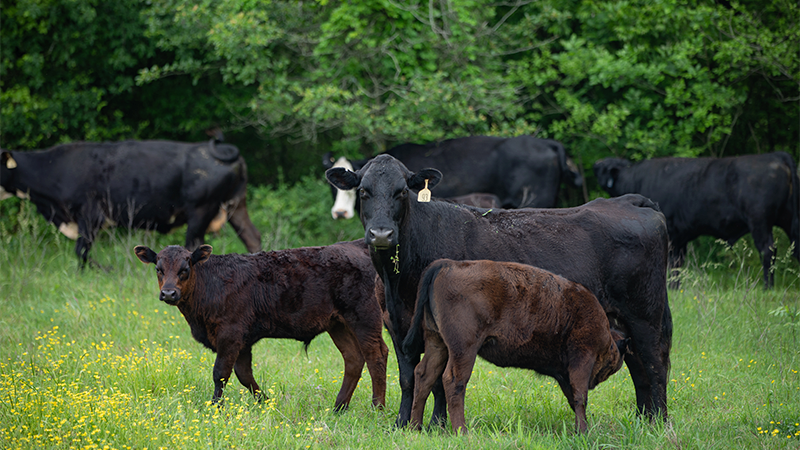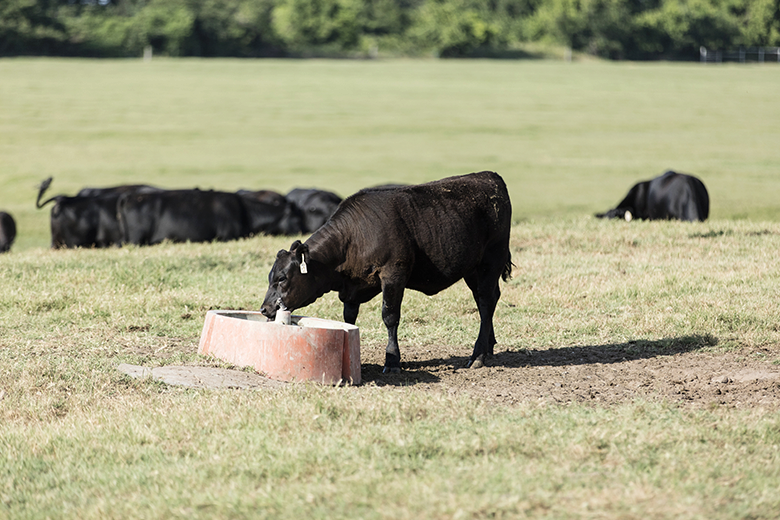
Fly control should be a top priority for cattle operations. Horn flies administer painful bites on cattle, spread disease and cause discomfort for animals and employees. Not maintaining a sanitary property allows fly populations to grow quickly. And when horn fly infestations get out of control, they can threaten neighboring operations as much as your own. Be aware of both the conditions of your operation and the number of horn flies around your cattle as it is critical for the protection of both your property and other farms nearby.
Horn flies can travel up to four miles, which is why it's important to keep them under control to avoid infestation migration. If an infestation migrates to a neighboring operation, it could lead to neighbors filing nuisance complaints. These complaints can result in fines and lawsuits, which would significantly damage your bottom line. Producers need to stay conscious of the impact horn fly infestations have on their neighbors.
Horn flies are more than just pests. They are known vectors of various diseases, including pink eye and mastitis in cattle. Horn flies migrating from one farm to another can bring these diseases with them. Keeping horn flies under control will protect your cattle and neighboring livestock from harmful illnesses, saving on overall treatment costs for producers.
Staying on top of your property's horn fly control will benefit both you and the farms around you. To start combatting horn flies on your property, consider using a feed-through fly control product such as Altosid® IGR. This product mixes in with feed and passes through cattle to their manure where horn flies lay their eggs. Altosid® IGR is an insect growth regulator that breaks the horn fly life cycle, preventing flies from developing into biting adults.
Use Altosid® IGR as a foundation for horn fly control supported by an integrated pest management (IPM) program. This consists of regularly harrowing pastures where possible to break up manure pats. In areas where that is not possible, maintaining a healthy dung beetle population along with other beneficial insects that will compete for the manure or are predadeaus and prey upon the horn fly larvae themselves.
Check out our planning guide for more information on comprehensive horn fly control and implementing your own IPM program.



